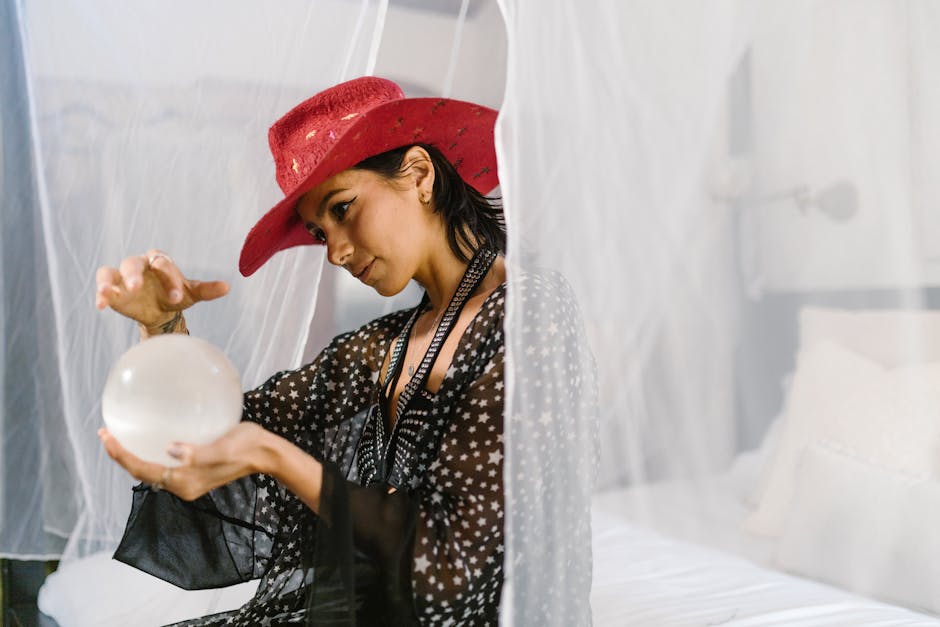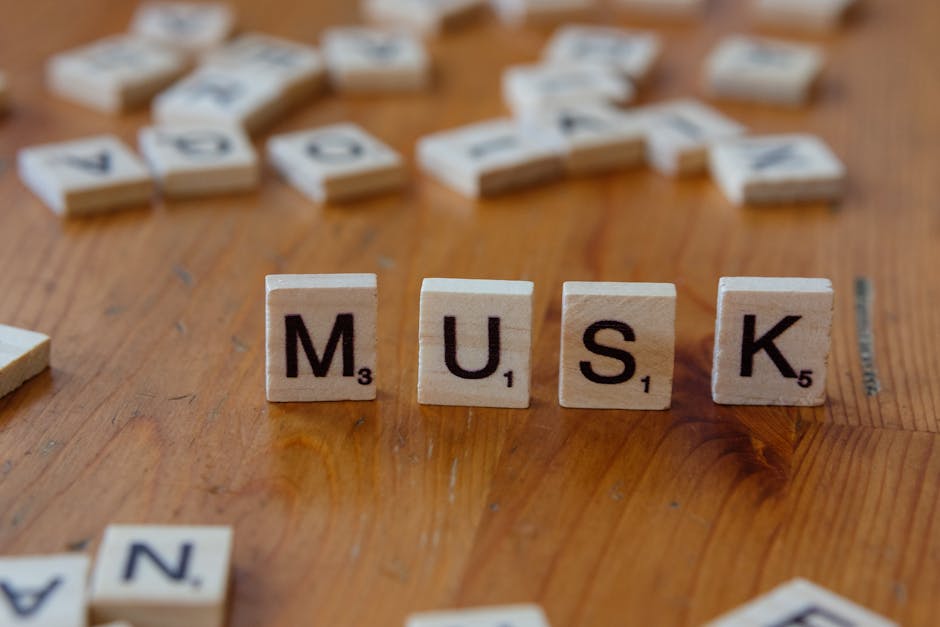Introduction: Art as a Lifeline
Amid displacement and occupation, Palestinian artists wield creativity as resistance, memory, and hope. The New Visions movement—a cultural rebirth fusing heritage with modern tools—propels their narratives globally, from Bethlehem’s streets to Instagram feeds.
Art as Resistance: Roots in History
Since the First Intifada, Palestinian art has symbolized defiance. Icons like Sliman Mansour and Naji al-Ali’s Handala used olive trees and keys to assert identity. Today’s artists evolve this legacy digitally:
– Social media activism: Platforms like @Palestine.art spotlight tatreez (embroidery) reimagined as digital protest.
– Virtual galleries: Overcoming physical barriers, artists exhibit globally without visas.
New Visions, New Tools: The Digital Renaissance
Malak Mattar (Gaza) turned wartime watercolors into international exhibitions, while Mohamed Bourouissa’s surreal photography explores diaspora trauma. Street art collectives like Dar Jacir train youth to document oppression through graffiti and film.
Music as defiance: Hip-hop acts like DAM and MC Abdul blend Arabic poetry with beats, turning checkpoints into lyrics.
Barriers: Censorship and Survival
- Shadowbanning: Pro-Palestinian content faces algorithmic suppression.
- Physical threats: Murals (e.g., Shireen Abu Akleh tribute) are destroyed.
Yet, initiatives like Gaza Unlocked (VR exhibitions) and the Palestine Museum US safeguard these stories.
Conclusion: More Than Survival—A Future Reimagined
As Mahmoud Darwish wrote, Palestinian artists create “what makes life worth living.” Their work refuses oblivion, proving resilience is not just endurance—it’s transformation.
(Word count: 600)




